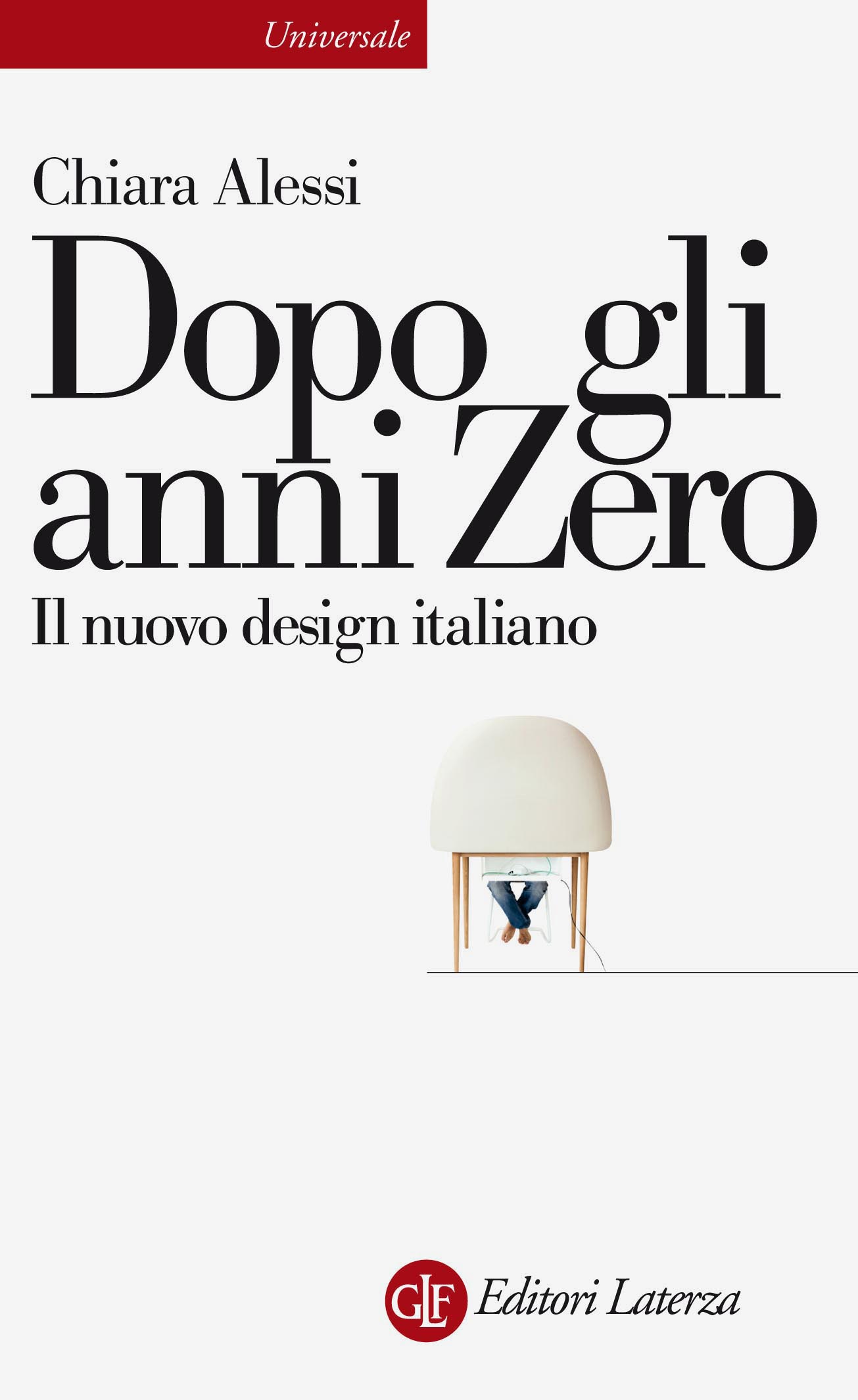18 February 2014
There is only a thin line separating current events from history, the immediate reaction to developments from a considered reflection on them. Usually, it is a borderland into which few people venture, since it takes a lot of courage: it is a place filled with perils, where partisanship and superficiality are always lying in wait. In Dopo gli Anni Zero (“After the 2000s”), Chiara Alessi has shown herself not only capable of riding this rolling wave, but also of guiding us clearly through the shifting space of contemporary Italian design. Her voice has the authority of someone who knows the subject well, from the inside, and is able to carry off the almost impossible feat of taking a precise snapshot of something that is in constant motion. Likely to become a document of our time, the volume presents a complex panorama of the last fifteen years in the life of designers and companies and of trends in the market and training. The portrait of the 21st-century designer that emerges highlights the many-sided nature of this figure, all too often pigeonholed in a generic and undifferentiated group that does not seem to reflect reality at all. And in the process shows that the chief detractors of the talent of young Italian designers are frequently to be found at home. Published by Laterza.
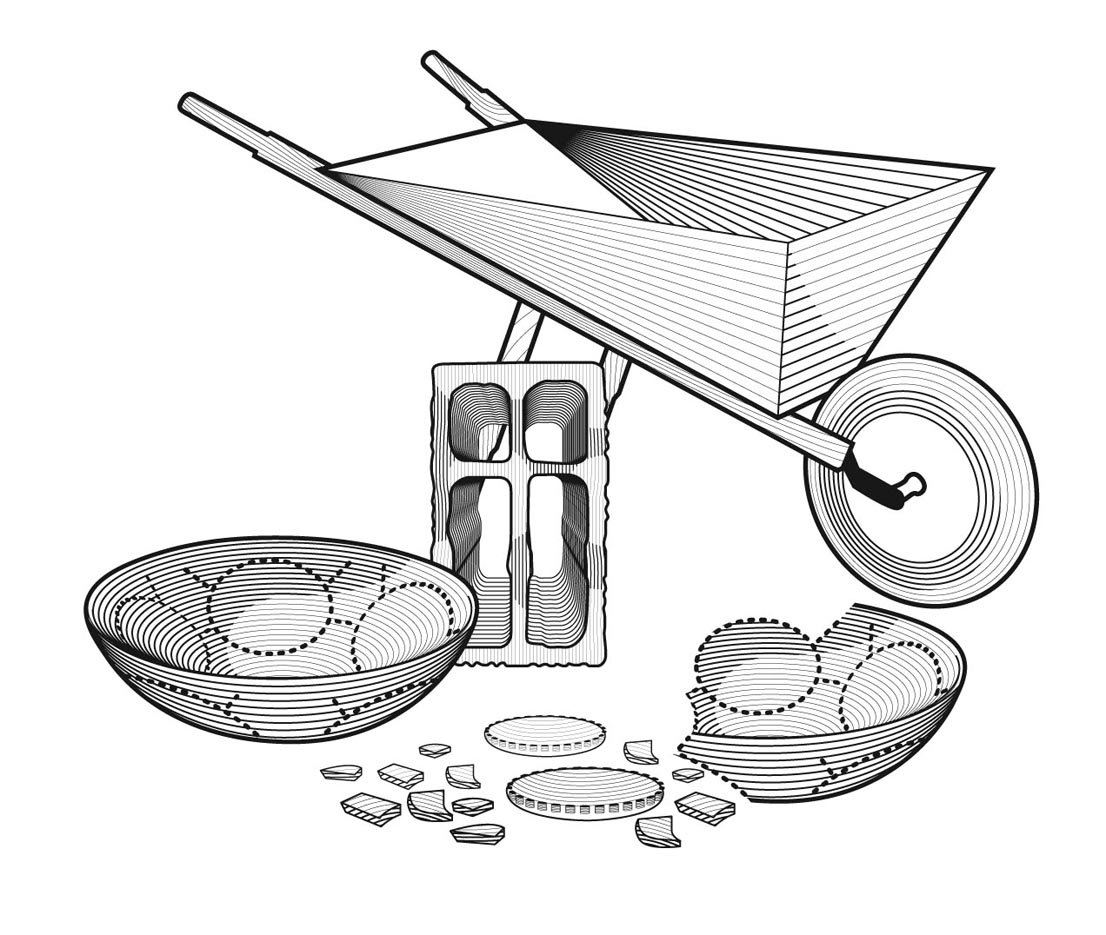
Paolo Ulian, Una seconda vita, ceramic centerpiece defined by a series of micro-bowls with punched edges that would acquire a new use, as implied by its name, “A Second Life,” should the object break; Attese Edizioni, 2006. Giulio Iacchetti, Untitled: the readymade hollow brick was one of the twenty interpretations of crosses on display at the exhibition Cruciale, 2011. Francesco Faccin, Carry On, wheelbarrow/outdoor plant pot inspired by old, analog work tools, Officinanove, 2013.
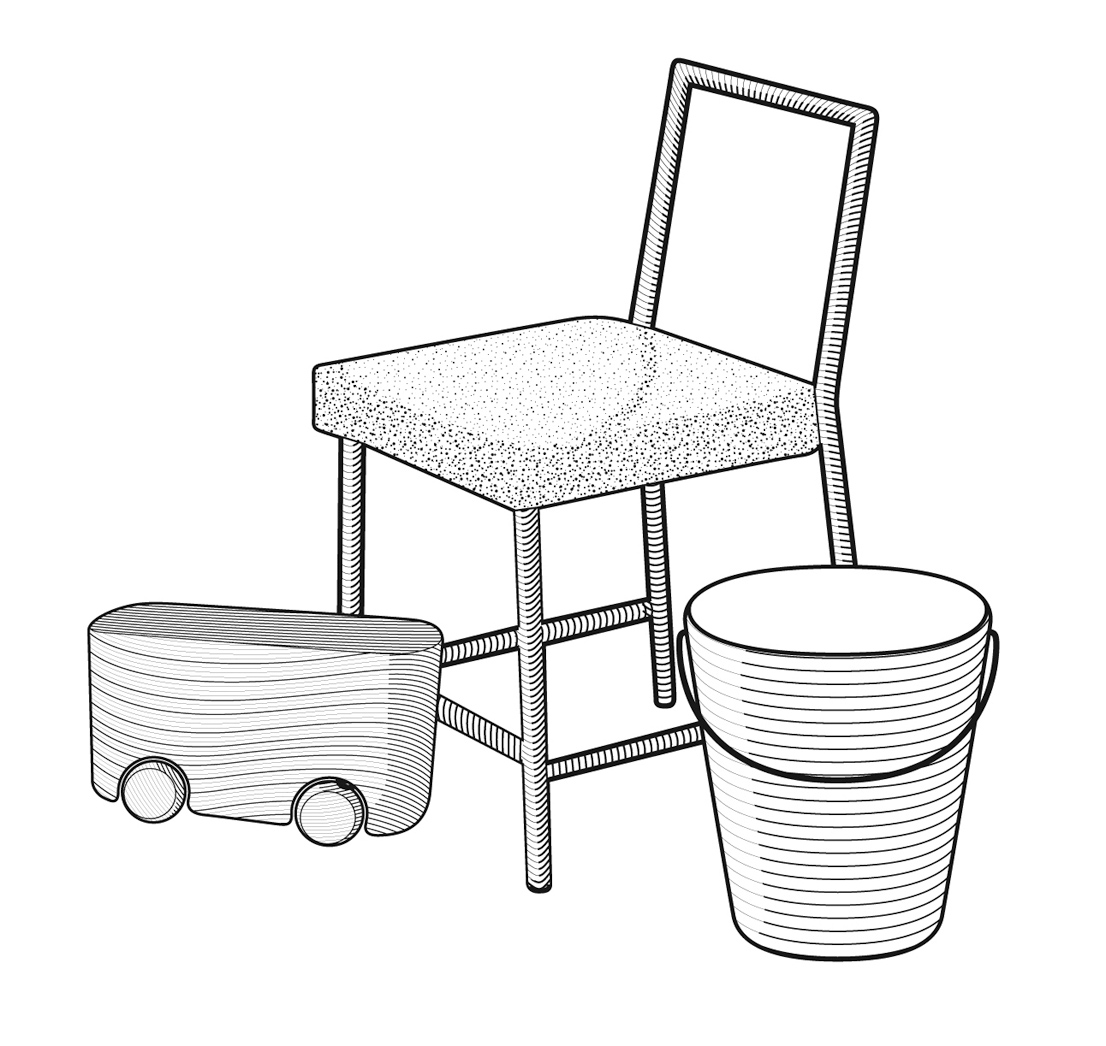
Matteo Ragni, Blocco di partenza, model for the collection of 100% TobeUs toy cars made from a block of cedar of Lebanon wood, 2012. Lorenzo Damiani, Udine, wooden chair with a seat made from the wood shavings produced during its manufacture, Promosedia, 2003. Gabriele Pezzini, Moving Stool, with a handle to make it easy to carry around, Maxdesign, 2004.
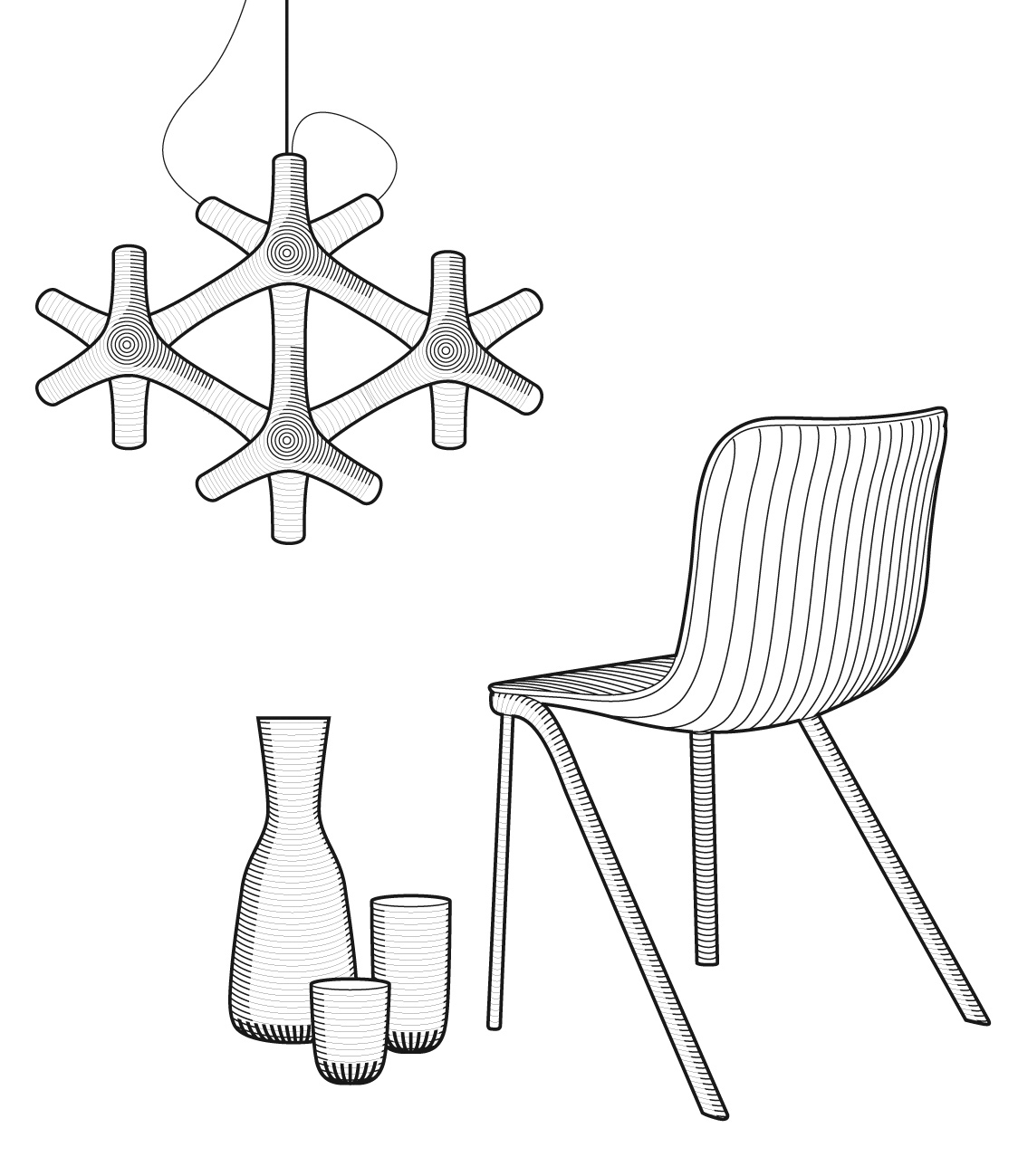
Francisco Gomez Paz, Synapse, lamp based on a trilobate module that contains a printed circuit and variable color RGB LEDs; Luceplan, 2012. Marco Dessì, Grip, set of drinking glasses and decanters with a ring of incisions that suggests an industrial and functionalist aesthetic, Lobmeyr, 2009. Odoardo Fioravanti, Dragonfly, cantilever chair with a steel structure and a seat of reinforced plastic, Segis, 2013.
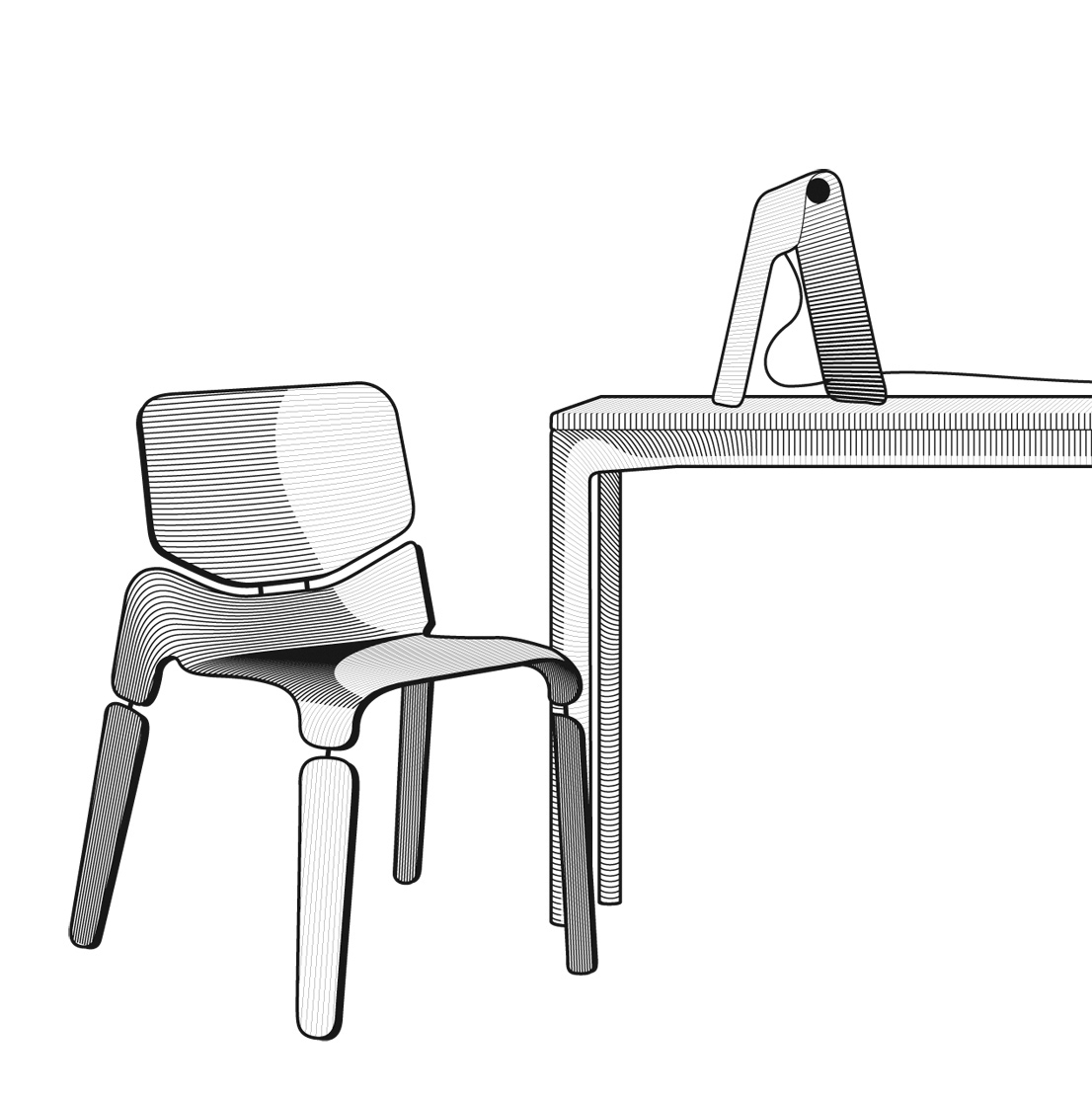
Luca Nichetto, Robo, knockdown chair made of recycled felt and wood, inspired by the anthropomorphizing of robots and designed to save space and reduce the impact on the environment, Offecct, 2010. Marco Zito, Tua, table lamp made from a shaped sheet of metal that serves at once as the lamp’s support and screen, Foscarini, 2010. Paolo Lucidi and Luca Pevere, Boiacca, cement table in which the slenderness made possible by the metal core combines elasticity, strength and lightness; Kristalia, 2011.
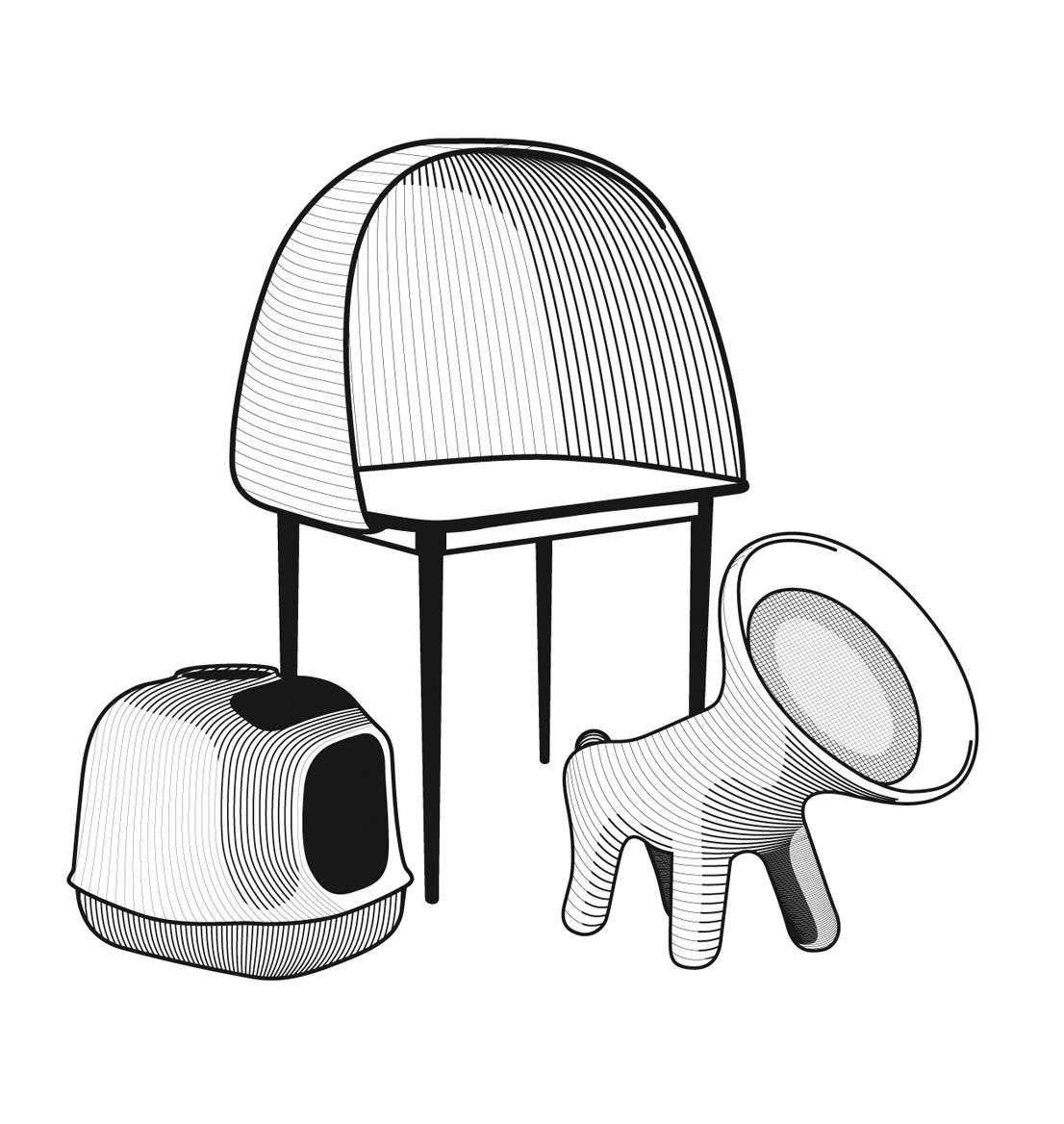
Valerio Sommella, Minù, cat litter box, United Pets, 2013. Gamfratesi, Rewrite, desk; Ligne Roset, 2011. Matteo Cibic, Hi-Fido, audio speaker, 2010.
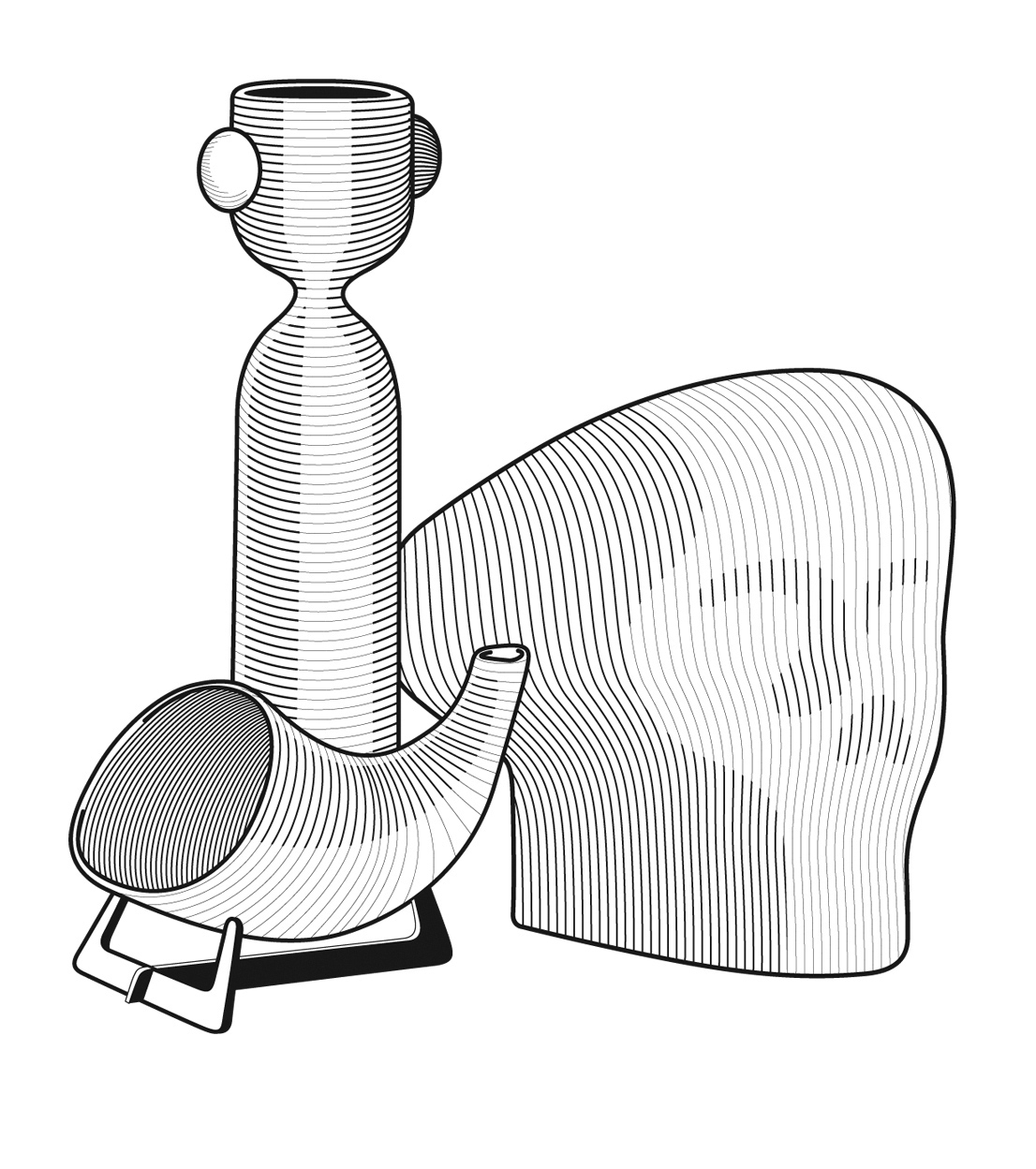
En&Is, Megaphone, analog amplifier for iPod; self-produced, 2011. Miriam Mirri, Max René, vase; Plust, 2007. Fabio Novembre, Jolly Roger, padded chair; Gufram, 2013.
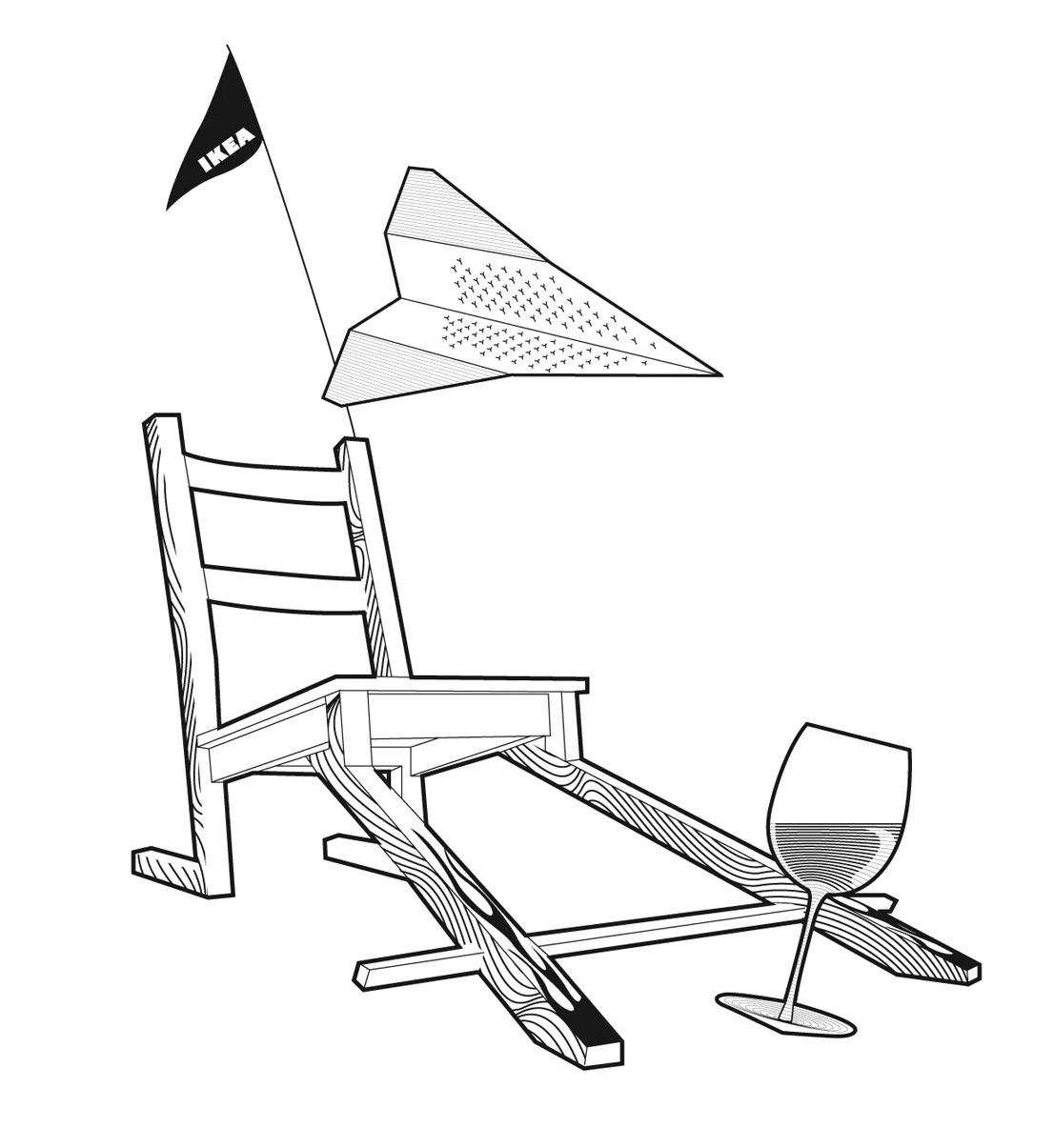
JoeVelluto, Pimp My Chair, set of components for “souping up” an Ikea chair, Opos, 2006. Liviana Osti, Stai leggero, grater made of bent sheet steel, Paola C., 2011. Gumdesign, Calice da degustazione, glass with pivoting base to encourage the act of tasting, from the Calici emozionali series, ColleVilca, 2011.
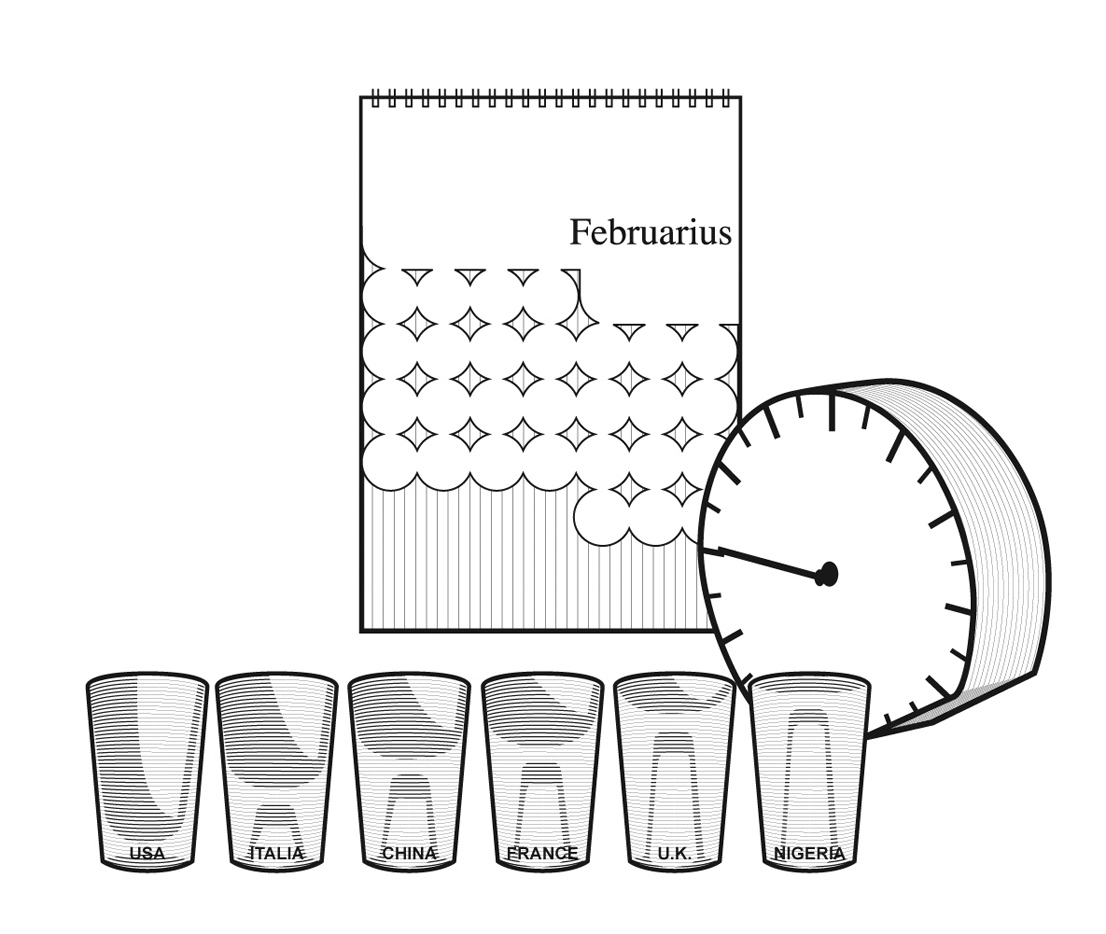
Jacopo Zibardi, Caso, set of ‘national’ glasses in which the capacity is determined by the amount of water available per capita in the country whose name is stamped on the glass, H2O Milano, 2010. Emanuele Magini, Tutti i santi giorni, calendar with detachable and edible days, for the Foodmade exhibition, Padiglione Italia, 2013. Denis Guidone, Ora (il)legale, clock in which the change to daylight saving time is made simply by changing the point on the base on which it stands, Nava, 2009.
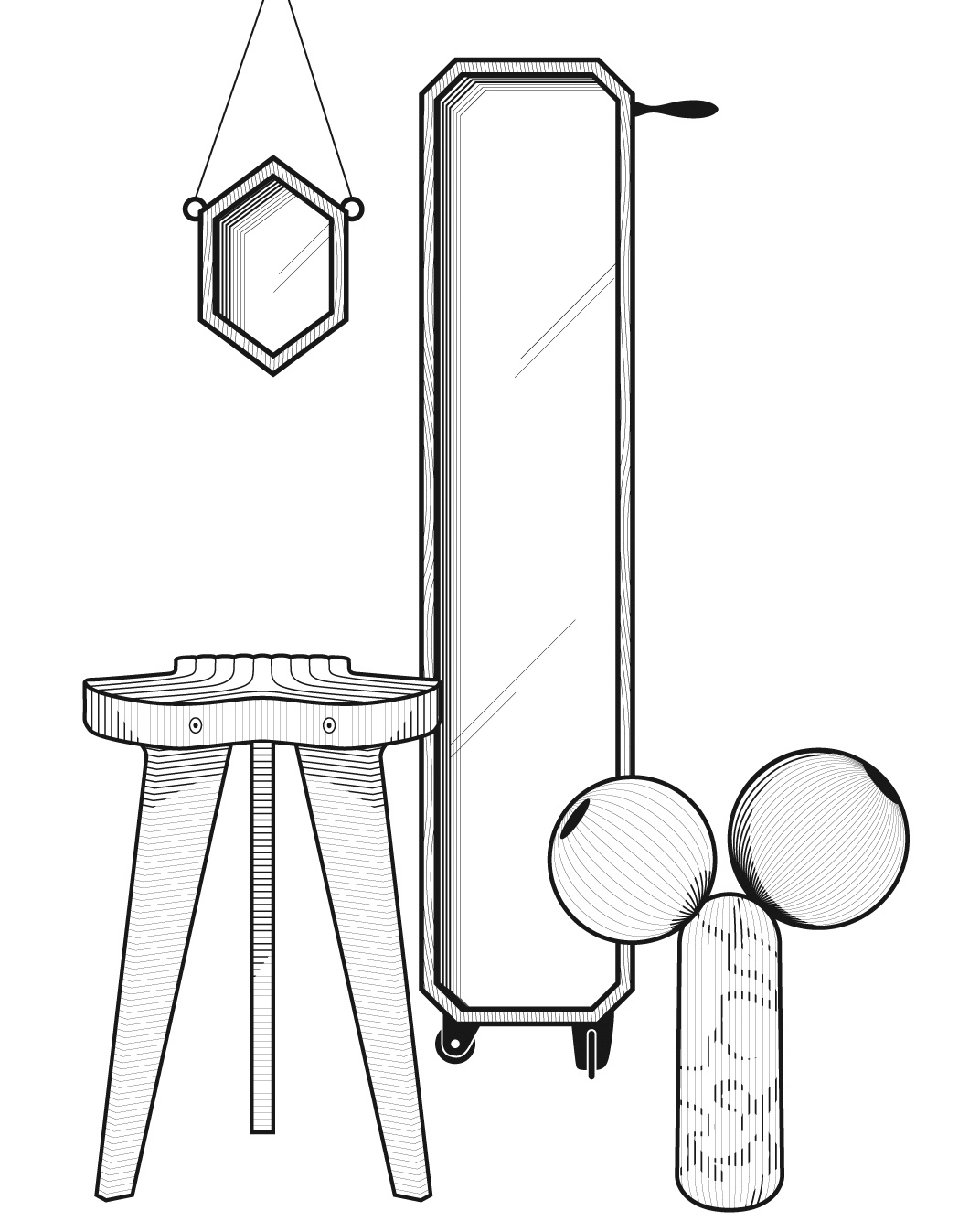
Giorgio Biscaro, Offset Tool, stool made of an assembly of twelve boomerang-shaped pieces of bent plywood, self-produced, 2010. Simone Simonelli, Antipodi, mirrors with wooden frame and joints made by stereolithography using a 3D printer, for the exhibition Analogico e Digitale, Subalterno1, 2012. Matteo Zorzenoni, Crystal Ball, vase sculpture in marble and borosilicate glass, self-produced, then Cappellini, 2013.
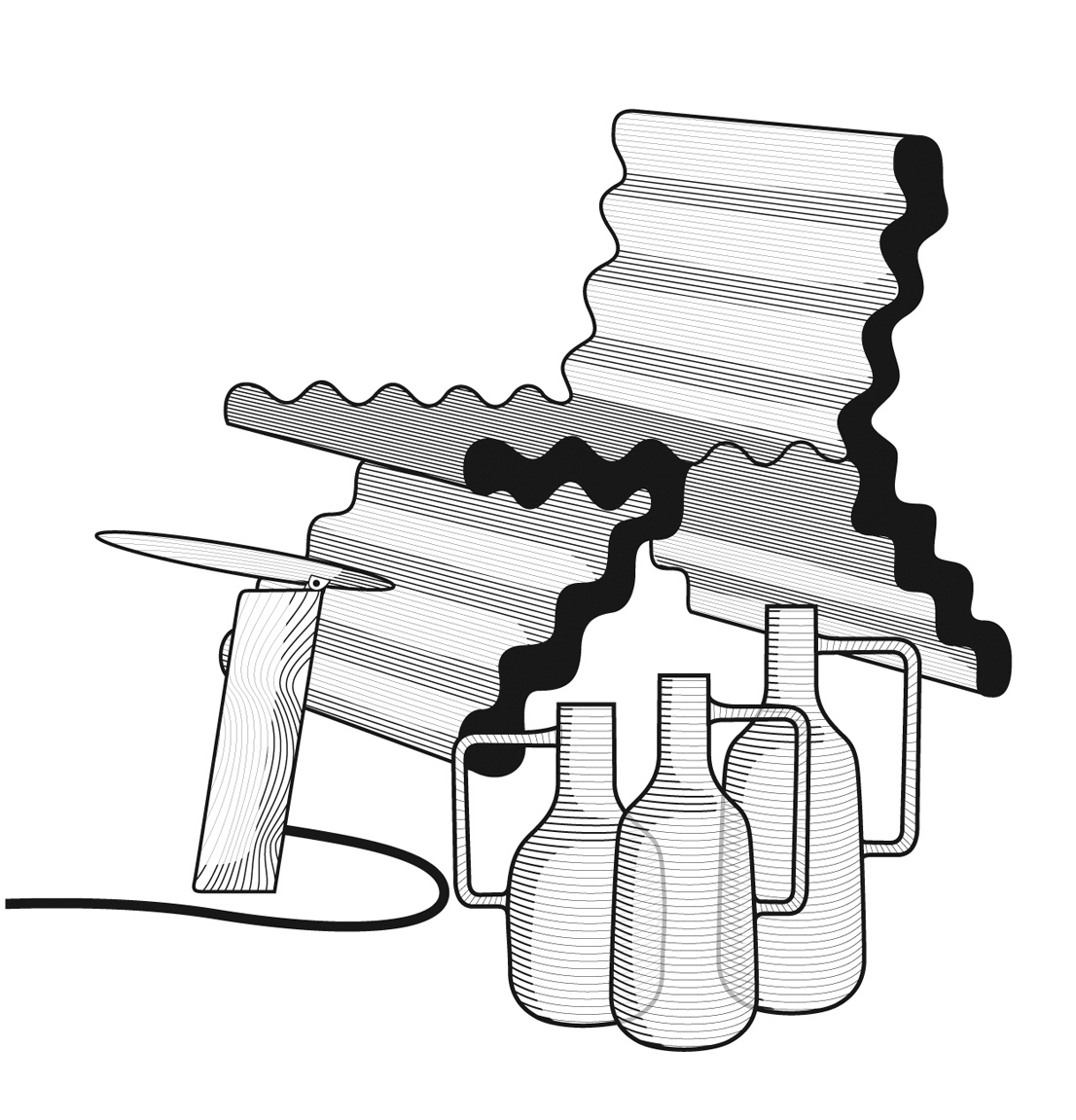
Elia Mangia, Paon, adjustable lamp made of wood and steel; Ligne Roset, 2012. Diego Talarico, Wave Chair, plastic chair with corrugated profile, Mercedes Benz, 2012. Zaven, Boccia, set of blown-glass pitchers, Atipico, 2011.
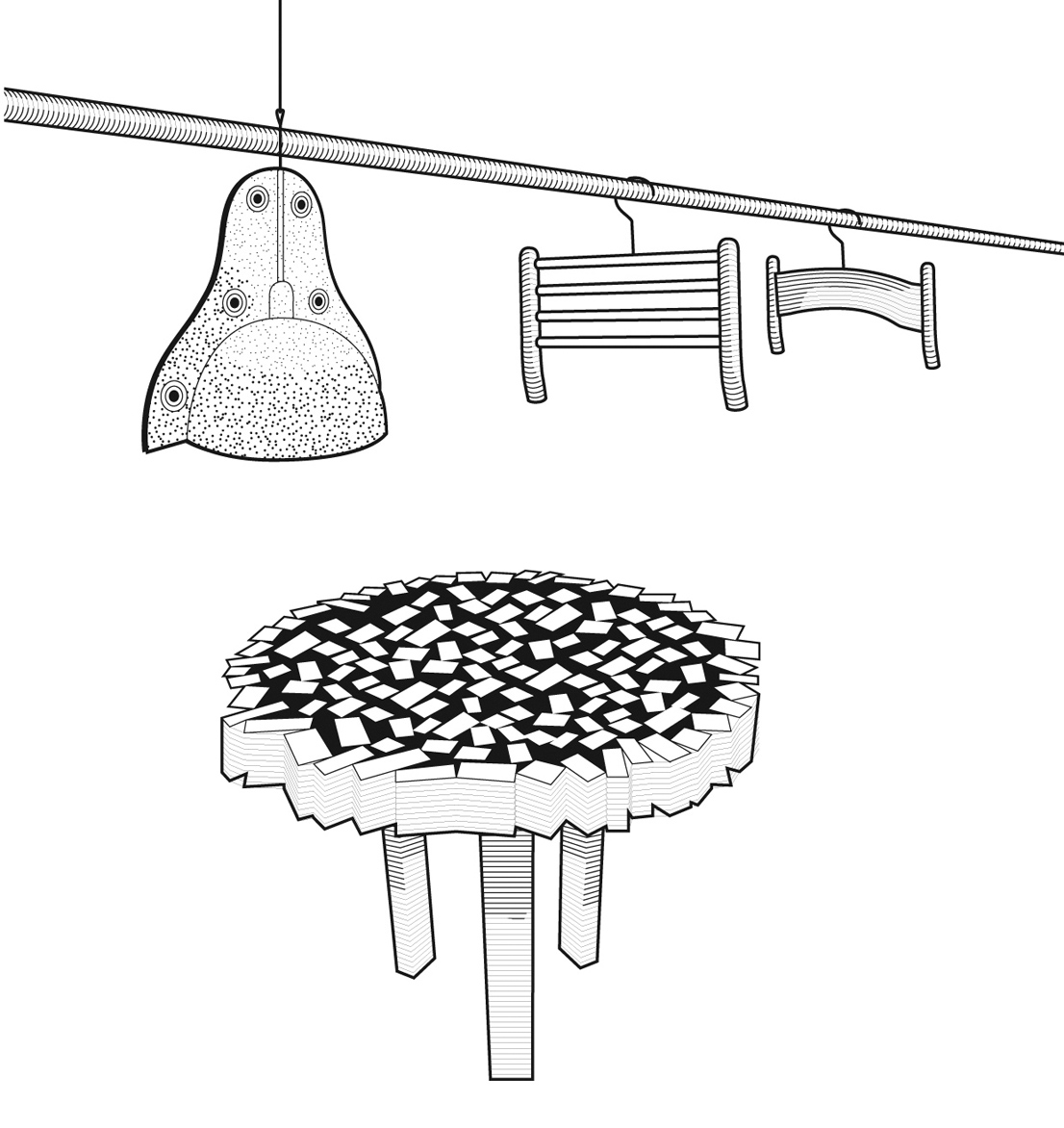
Gionata Gatto, Agricola, lamp made out of local farm waste; self-produced, Green Design Competition, 2012. Carmine Deganello, Trucidi, objects made from wooden production scraps and regenerable resin, 2012. Resign, Grucce, clothes hangers made from the backs of old chairs, self-produced, 2011.
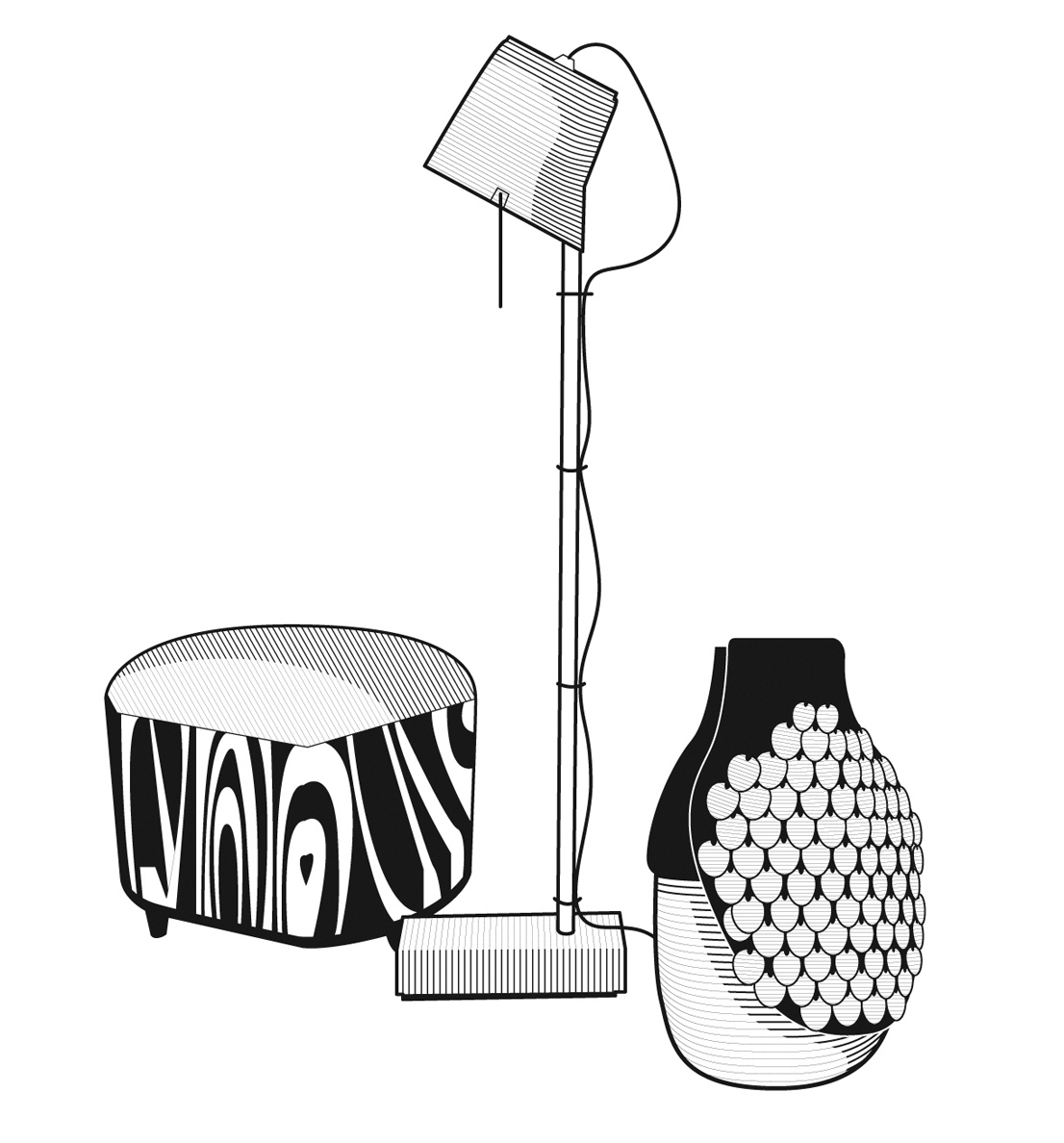
Massimiliano Adami, Gommapiuma décor, padded furniture made from scraps of industrial polyurethane re-melted with fresh polyurethane, self-produced, 2013. Recession Design (Cristiano Mino), Secchio di luce, lamp self-constructed from do-it-yourself material, for the exhibition Not at Home, 2010. Formafantasma, Botanica, collection of objects made from biodegradable material of plant origin, Fondazione Plart, 2012.
